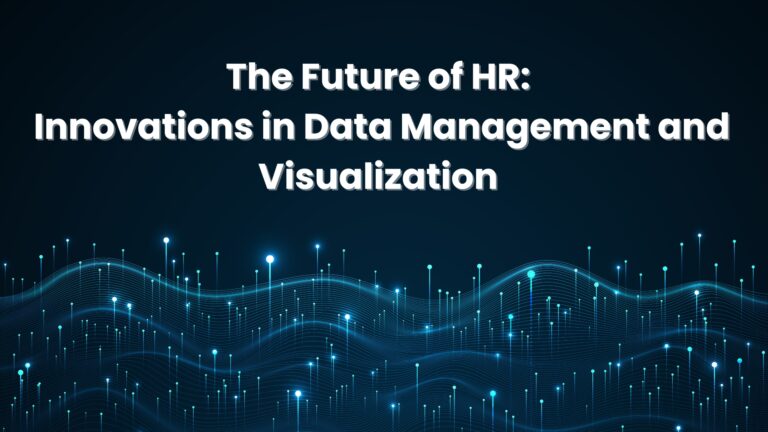Leveraging data-driven decision-making in HR
In today’s world, data is everywhere, and HR is no exception. HR departments are increasingly relying on data-driven decision-making to improve their hiring processes, employee retention rates, and overall organizational performance. However, leveraging data for decision-making requires the right tools and methodology. In this article, we’ll explore how to leverage data-driven decision-making in HR with the right tools and methodology.
Define your goals and KPIs :
Before you start collecting and analyzing data, it’s important to define your goals and key performance indicators (KPIs). What are you trying to achieve? What metrics will you use to measure success? Examples of HR KPIs include employee turnover rate, time to hire, cost per hire, and employee satisfaction.
Collect and clean your data :
Once you’ve defined your goals and KPIs, it’s time to collect and clean your data. This can be a time-consuming process, but it’s crucial for accurate data analysis. Make sure you’re collecting data from reliable sources and that the data is complete, accurate, and up-to-date.
Analyze your data :
With your data collected and cleaned, it’s time to analyze it. There are many tools available for HR data analysis, including Talend, KNIME, and Power BI. These tools can help you identify trends, patterns, and correlations in your data that can inform your decision-making.
Visualize your data :
Data visualization is an important part of data-driven decision-making. Visualization tools like Power BI can help you create compelling visualizations of your data that make it easier to identify trends and patterns. Visualizations can also help you communicate your findings to others in a clear and compelling way.
Make data-driven decisions :
With your data analyzed and visualized, it’s time to make data-driven decisions. Use your findings to inform your hiring processes, employee retention strategies, and overall organizational performance. Remember to track your progress against your KPIs and adjust your strategies as needed.
In conclusion, leveraging data-driven decision-making in HR requires the right tools and methodology. By defining your goals and KPIs, collecting and cleaning your data, analyzing your data, visualizing your data, and making data-driven decisions, you can improve your hiring processes, employee retention rates, and overall organizational performance.






